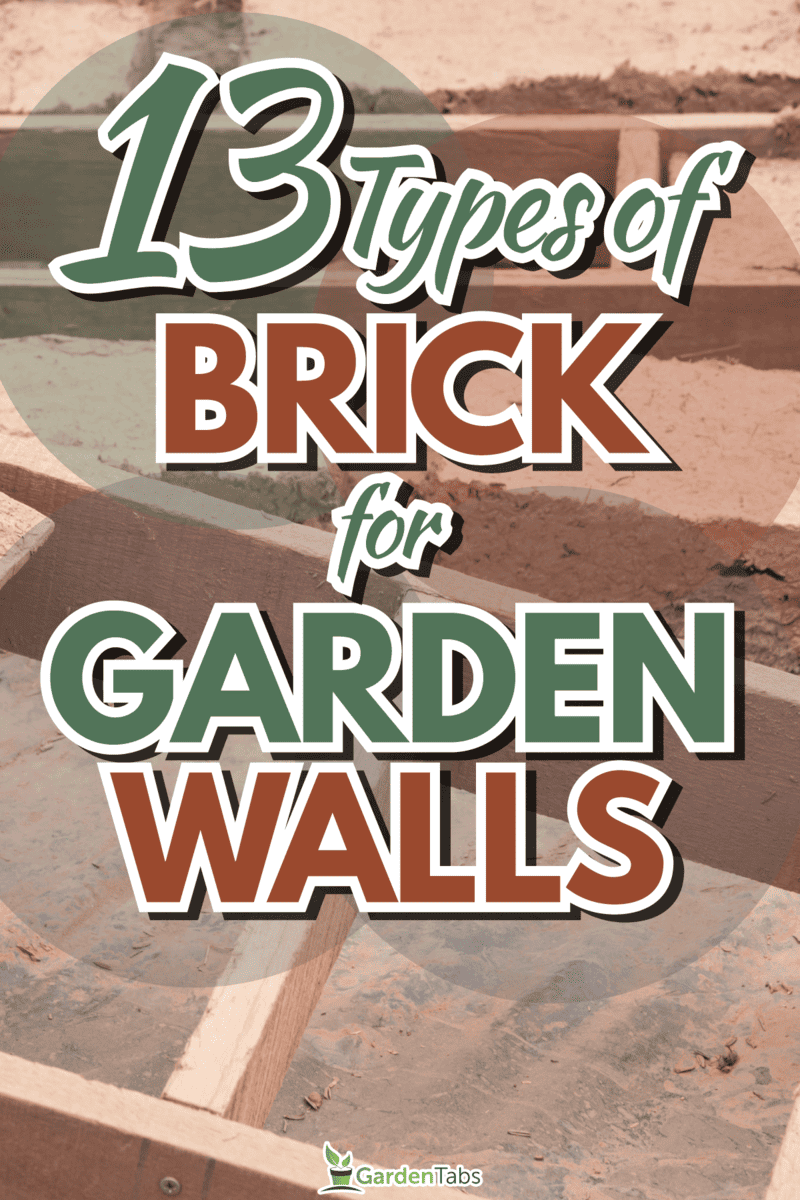If you're thinking about building a garden wall, you can use brick to create a wall of almost any height! Brick is so versatile. You can make it in lines, curves, or circles to create nearly any effect you want.
From raised garden beds and decorative garden walls to retaining walls and privacy walls, bricks come in various sizes, shapes, colors, and materials. You're sure to find one to suit your project!
People have used bricks since ancient times. Above, Roman hollow-clay bricks from the 1st century CE built this remnant of a light, arched ceiling.
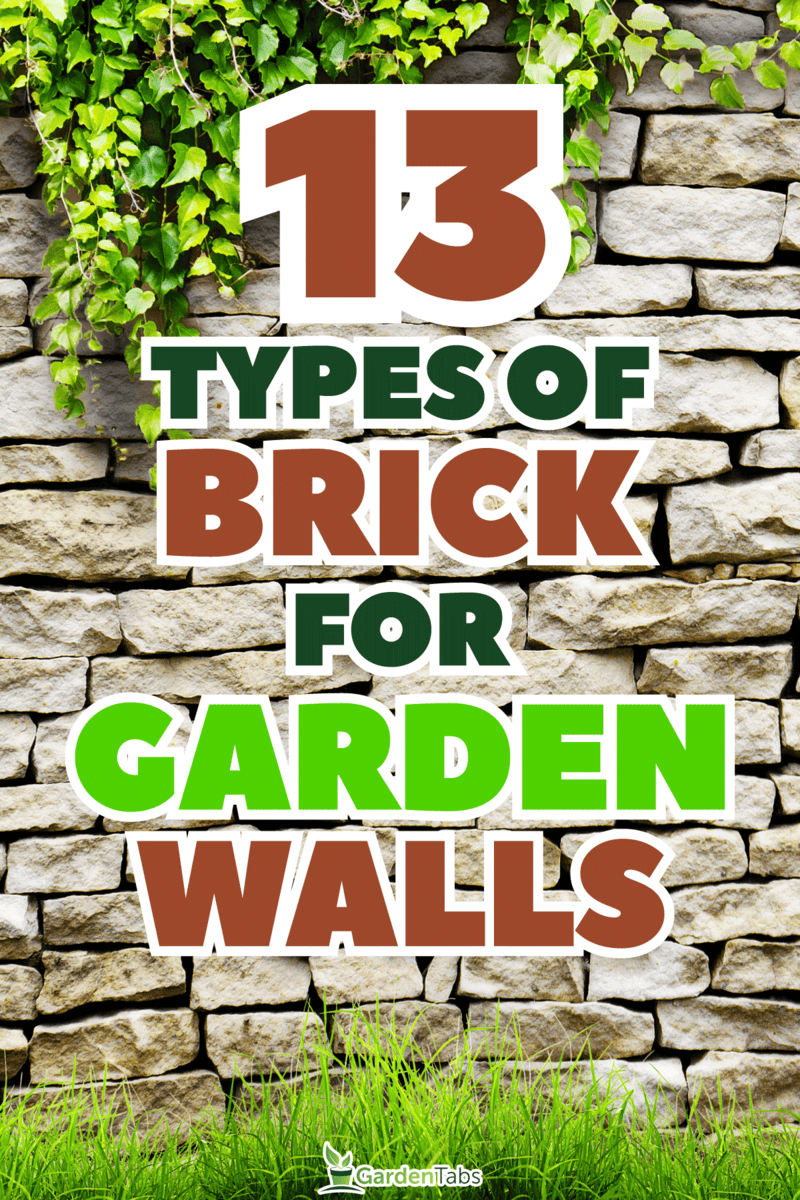
Today we still use bricks made from clay, but we also have bricks made from various other materials. They include modern twists and methods to improve strength, appearance, and flexibility.
Bricks are classified based on many criteria:
- Color
- Shape
- Strength
- Material
- Setting Method
- Water Resistance
- Cold/Heat Resistance
For this article, we've limited the list to attractive and interesting bricks you can use to build a garden wall.
Now we can look at the different types of brick and see how they look in a garden setting. You'll be able to decide exactly what you want to use for your garden wall!

13 Different Types Of Bricks For A Garden Wall
1. Burnt Clay Bricks
Most clay bricks that you see used in construction come from a kiln.
This results in a strong brick that can resist plenty of force and elements. Burnt clay bricks come in beautiful colors depending on how they were fired and what additives they contain.

These 'banded' burnt-clay bricks were exposed to a special firing method to give them a unique appearance - one you might find on hand-thrown pottery—an attractive option for a one-of-a-kind garden wall.
2. Sun Dried Clay
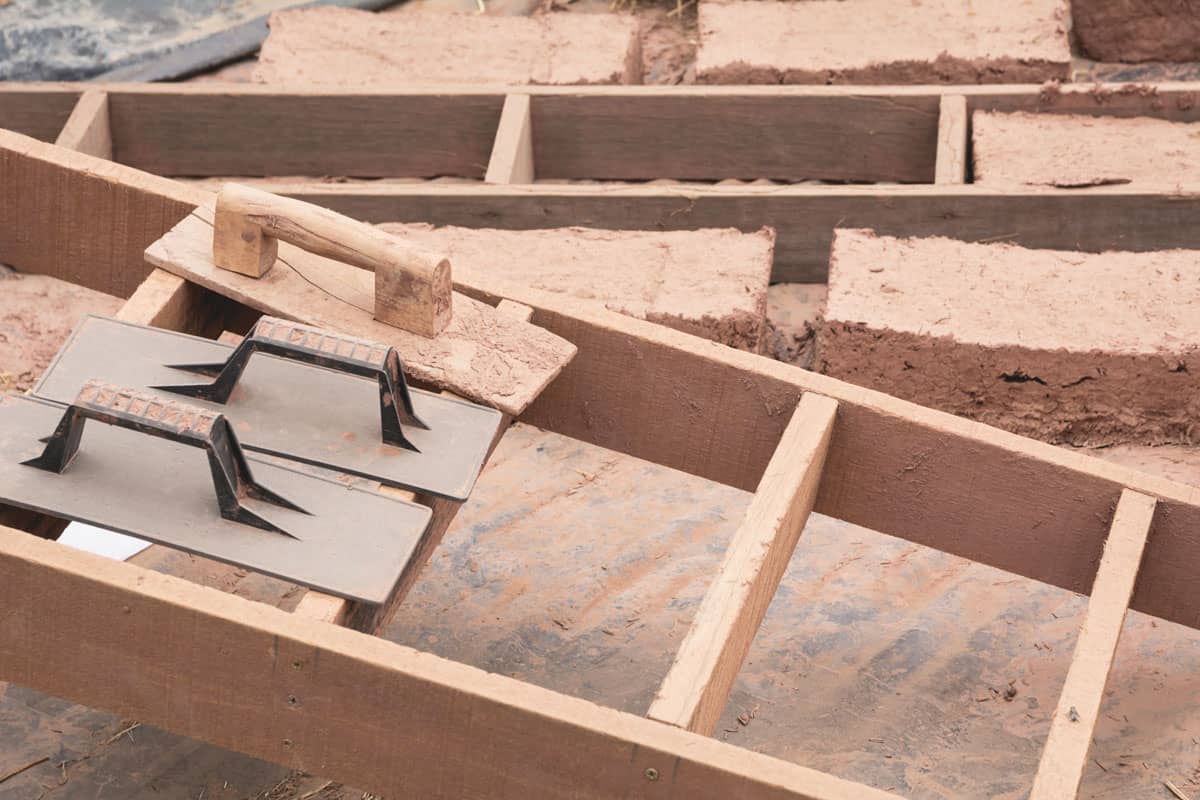
This type of brick is only for decorative purposes or light and temporary structures. It's made from mud and organic material and dried in the sun.
Although it's long-lasting, it's not strong enough for structural use.
It's a beautiful choice for a low garden wall or to define a garden area from a lawn. If you have access to clay, you can even make them yourself!
3. Fly Ash Bricks
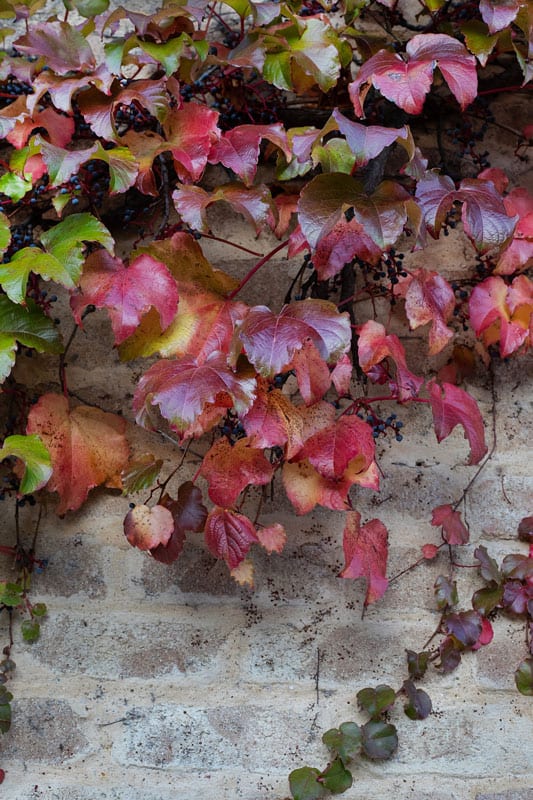
Ever wonder what happens to the ash from the coal we burn for electricity? It's now recycled to make these Fly-Ash Bricks! Industries catch the ash from the coal smoke before flowing into the air.
It makes strong bricks of a pretty grey color. A great choice if you're trying to reduce you're building footprint, and it looks beautiful too!
Fly-Ash Bricks are not a new idea. The Romans used Volcanic Ash - known as Pozzolano - in their bricks because of its superior strength.
This Fly-Ash brick garden wall is a stunning backdrop for all kinds of plants.
4. Sanded Lime
As their name implies, these bricks are sand and lime.
They have high compressive strength, and their sizes are very accurate, making them strong, wall-building bricks. They also need less mortar because of their material, which less impacts the environment.
Sanded Lime comes in some beautiful colors, so if you don't like the standard red or grey bricks, you have some other options!
Sanded lime is a creative option for a brick garden wall.
5. Blue Clay/Engineering Bricks

These bricks are regular red clay, but they're fired in a low-oxygen, high-temperature environment, causing them to oxidize into a deep blue-grey.
This process yields a solid brick suitable for many building purposes.
Although it works for a lot of heavy industry due to its strength, the color adds an especially beautiful background to a modern setting.
If you find them at a great price or get reclaimed bricks, you can use this gorgeous brick in your garden for any wall!
6. Frogged Brick
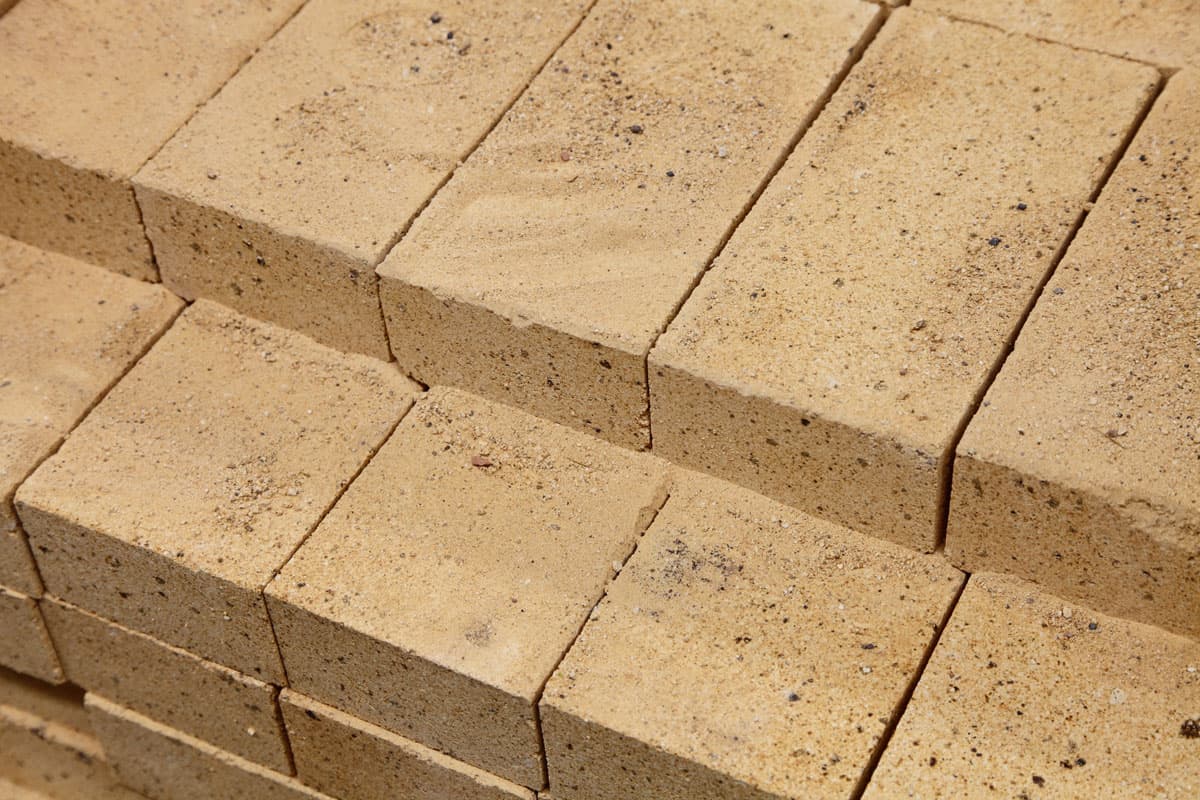
Frogged* Bricks have a slight indentation on one side of the brick. The shape of the frogged brick saves money on material and is also easier and lighter to handle.
Its unique shape also helps prevent 'shear resistance' [when opposite forces come into play], making it very strong and suitable for privacy garden walls.
Frogged bricks were - and still are - a clever place for brick-makers to stamp their logo.
- *The term "Frogged" has many possible origins, none confirmed by fact.
Some theories are that the Egyptians interred frogs into stones to capture their spirit for the afterlife.
The brick resembled the indentation under a horse's hoof, known as the 'frog,' or even named after the crouching frog shape left in the mud after someone used a tool to push the mud into the mold.
7. Core Hole Brick
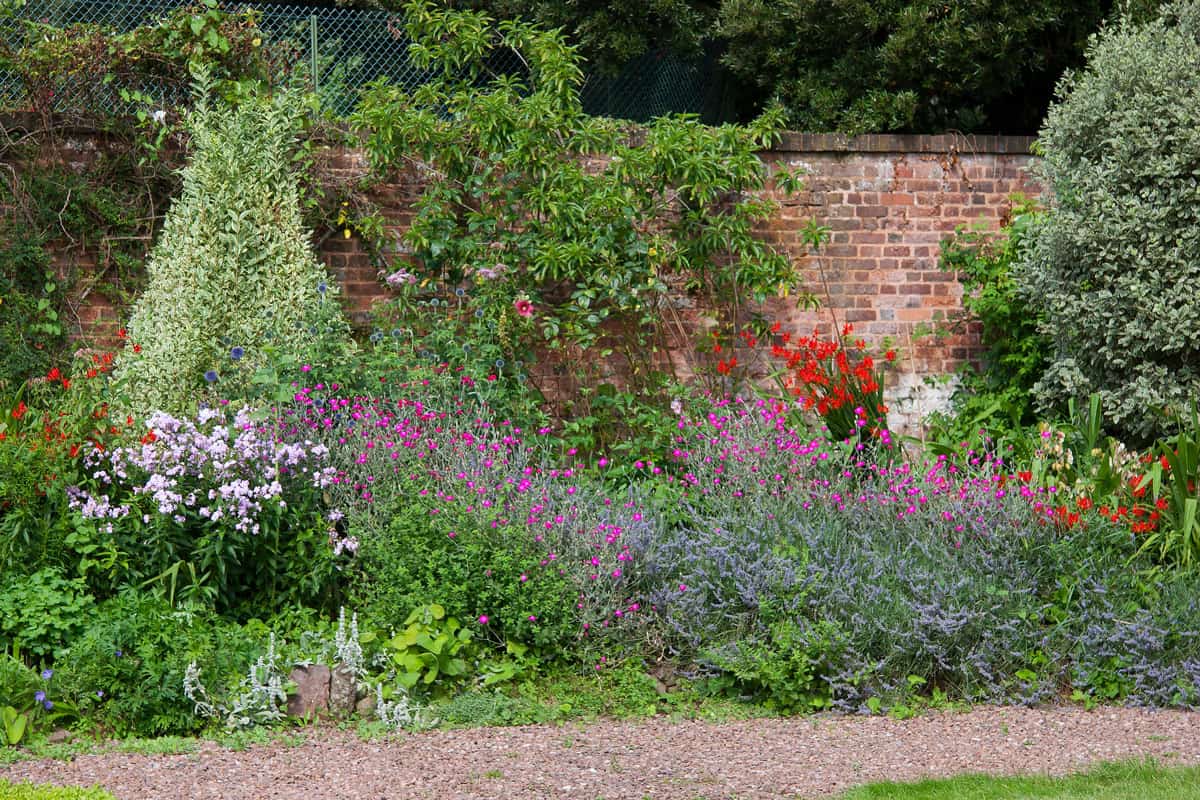
Core Hole Bricks have holes through them that have several purposes.
- They reduce the raw material needed yet are as strong as solid bricks.
- They reduce the time needed for firing, saving energy.
- They're lighter to transport, again, saving energy.
- They allow rebar to go through the holes for a stronger wall.
Consider a core hole brick if you're building a wall that needs serious strength and stability.
Core-Hole bricks [above] reduce building footprints. They will eventually weather into a wall similar to this garden wall below.
8. Soft Mud Brick
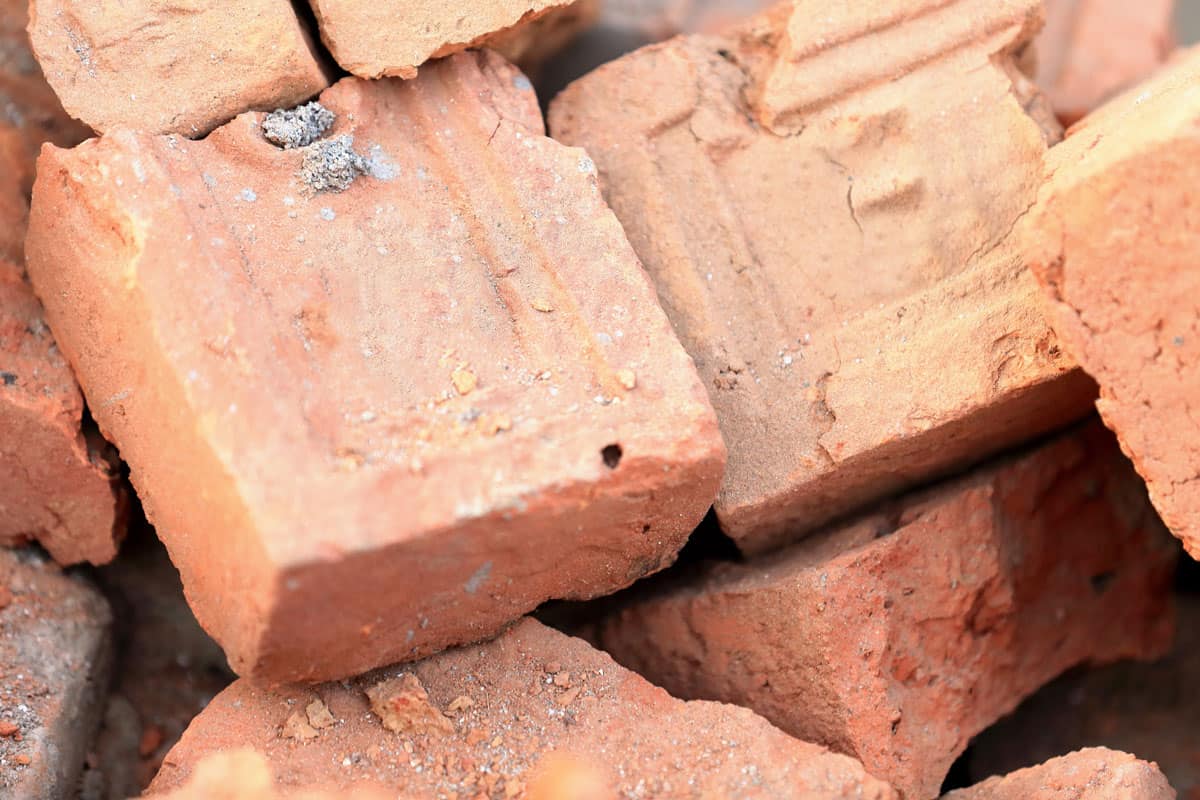
Sanded Finish
These clay bricks are made in molds that have been sanded to prevent sticking [similar to flouring a baking pan] and then to push soft mud into the mold.
When it's unmolded, the result is a brick with a soft, sandy finish that gives a handmade look to a garden wall. It's great for a garden near a historical or older brick home.
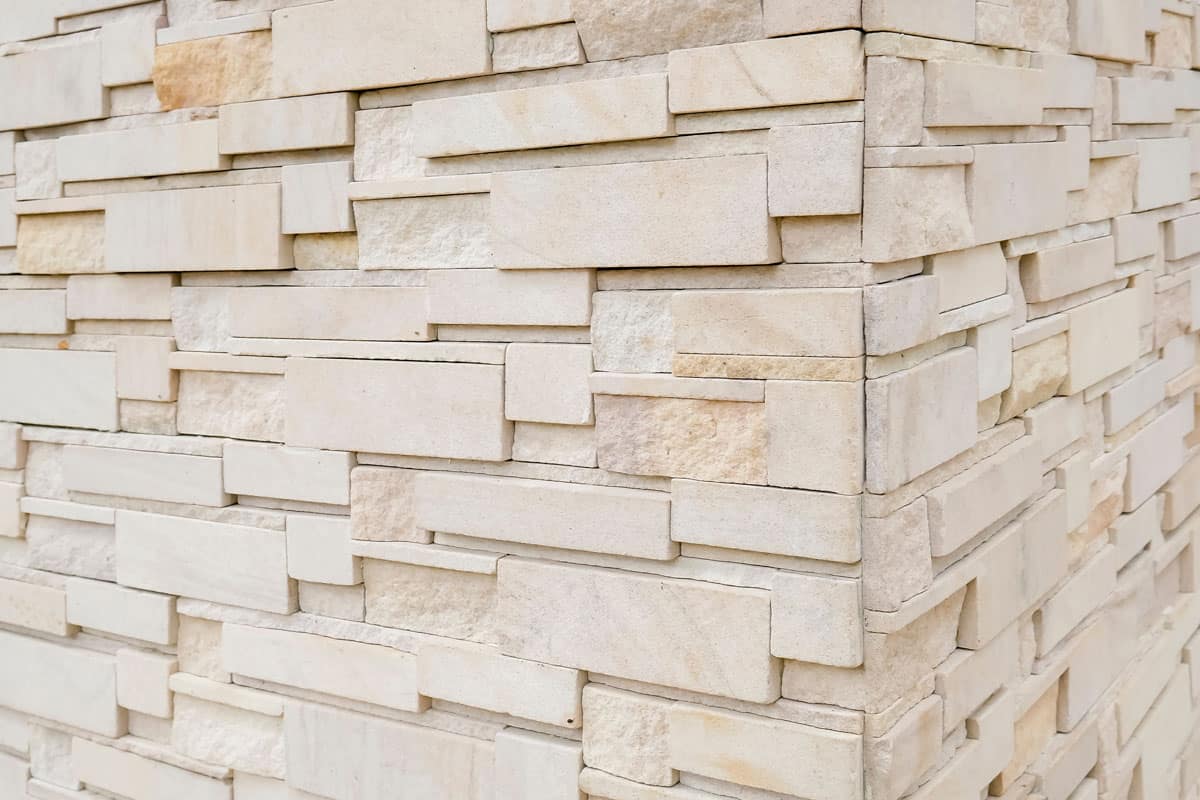
Above is a close-up of sanded brick.
Water Finish
These are made just like the sanded bricks above, but instead, ionized water is used to prevent the clay from sticking to the mold. The result is quite artistic and elegant.
It's suitable for any garden where you want to add texture and style with a handmade flair.
This Water-Finish brick has a fantastic finish with added colorants.
9. Extruded Bricks
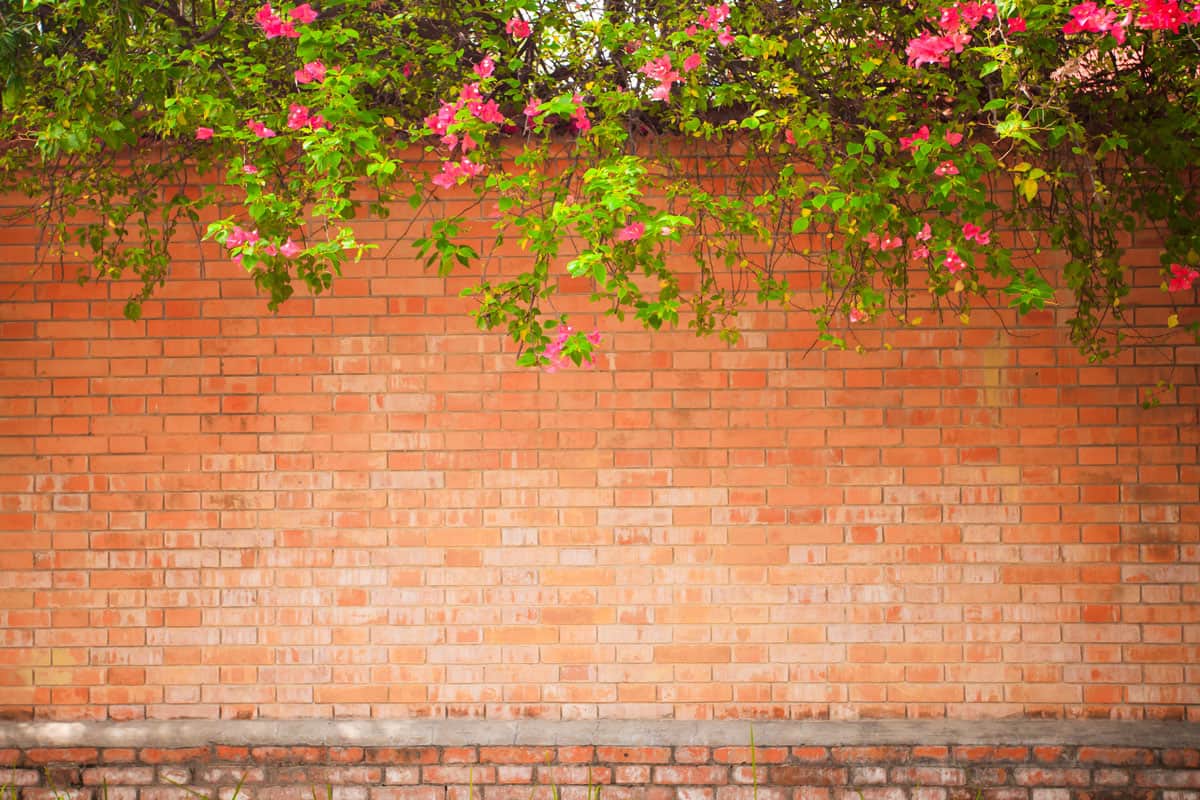
These clay bricks are extruded from a machine mold - think 'Playdoh' - and then cut with a wire. The outcome is nearly identical bricks in size and shape.
This is an excellent choice if you need precision in your garden wall!
10. Specialty-Shaped Bricks

These types of bricks are made from custom clay molds. They can be made in many different shapes, finishes, and textures to resemble other kinds of brick walls throughout history.
This is a perfect choice to match the brickwork on your existing home or even recreate a historical garden wall in your garden!
For example, if you have a historic home made with thinner, flatter bricks, you can have custom bricks made or source them from reclaimed brickyards.
This allows you to create a garden wall that looks like it was built simultaneously as the original property.
11. Retaining Wall Bricks
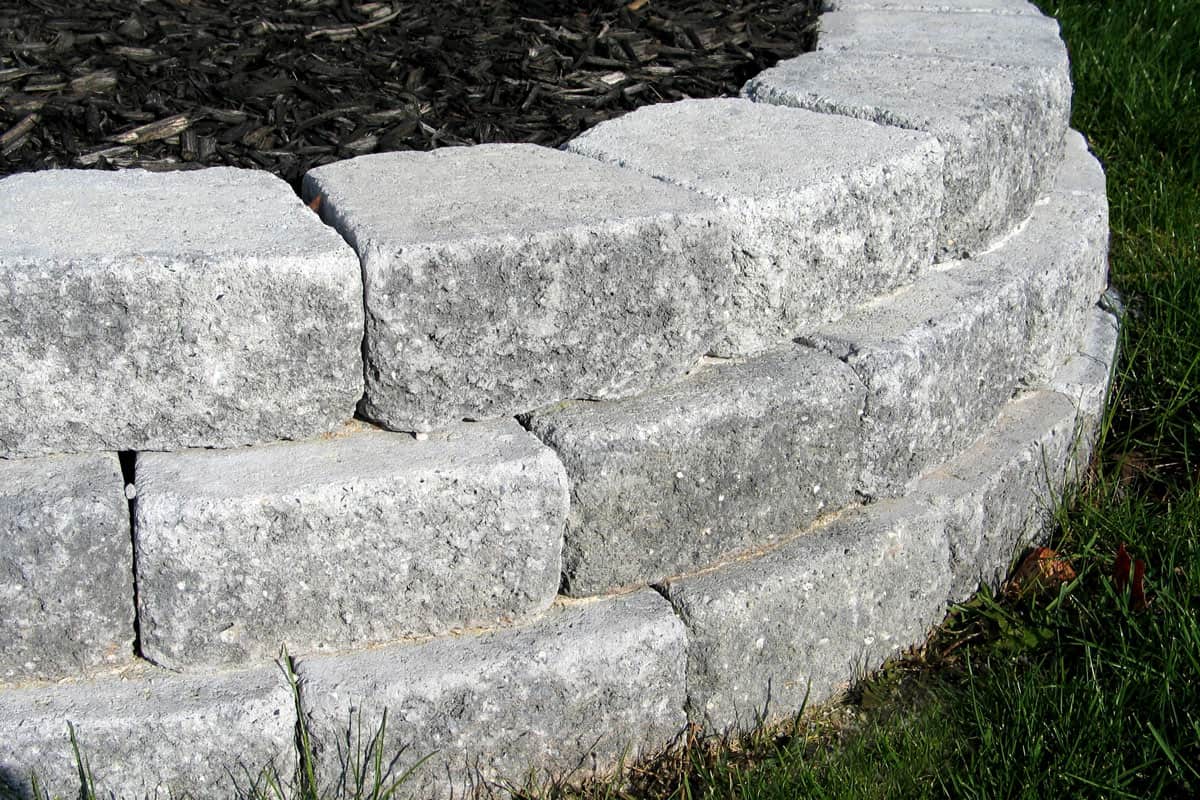
A very easy brick to use is the cement-based retaining wall brick!
Because of their triangle shape, you can customize them to a straight or curved wall. The thin lip on the bottom, back-edge of each brick, automatically adjusts each brick backward to create a sturdy retaining wall or a simple gardening bed.
They are also helpful for DIY projects to maximize sloped yards by easily creating level terraces. You can purchase them in solid blocks for low walls and hollow ones for walls that need additional reinforcement.
Above is a simple, low garden wall of stacked retaining wall bricks. Below, retaining wall bricks with no lip create a garden border wall.
12. Keyhole Stone Bricks
This is another type of brick used for retaining walls. It's solid and easy to install. Each brick is cored with many holes that fit together with pegs - think Ikea furniture with stone and steel!
Keyhole bricks are very popular with contractors. Because each successive layer of a retaining wall must be further back, the angle must be exact for the retaining wall to be strong.
The keyhole bricks leave no room for error because they fit together like legos!
13. Screening Bricks
Last but not least is the cement screening brick.
This is a simple, square-shaped brick where the middle is cut out in a design. It's an outstanding choice if you want semi-privacy without blocking the breeze or a view.
They're simple to install and come in a few colors and designs, so there are various choices! This lattice wall provides privacy while allowing visibility and cool breezes.
To Finish

Now you can make an informed choice about what kind of brick wall you want to install in your garden. You're on your way to creating the garden wall of your dreams!
If you want to see additional ideas for your garden, take a look at these articles below:


